Sarajevo's Whispers: A Journey Through War's Silent Witnesses
Muhe - Sunday, 27 July 2025 | 02:00 PM (WIB)
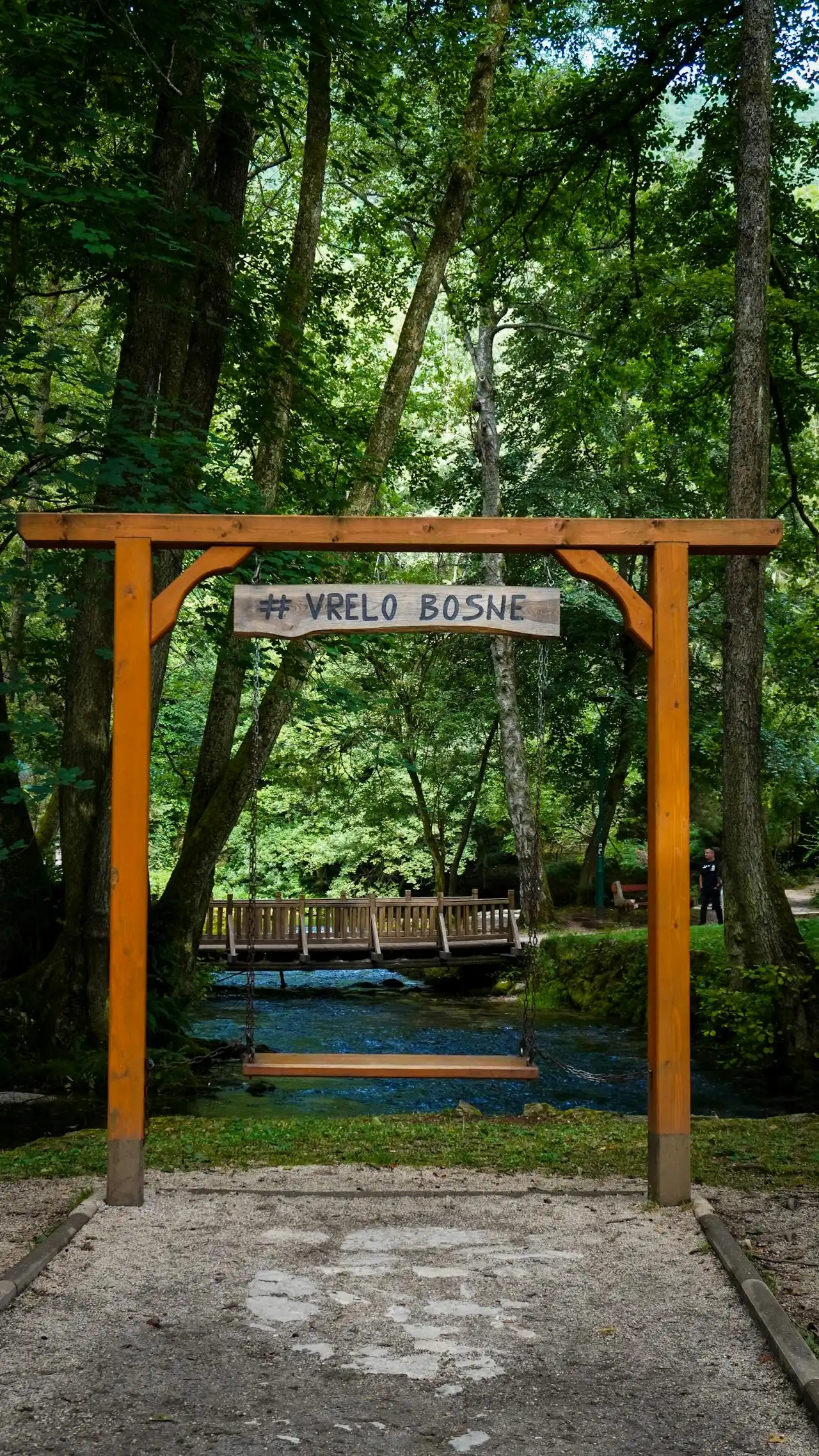

Stepping into History: The Museums That Bear Witness
First up on any serious historical tour has to be the Tunnel of Hope (Tunel Spasa). Oh boy, this place is something else. It’s not a grand, imposing museum building; it’s a humble house on the outskirts, but the story it tells is absolutely gut-wrenching and truly awe-inspiring. During the siege, with the city almost entirely cut off, the Bosnian army built a secret tunnel under the airport runway – an unbelievable feat of human ingenuity and sheer will. It was the city's lifeline, allowing food, medicine, and weapons to enter, and people to escape. Walking through a small section of that actual tunnel today, feeling the damp earth, the claustrophobia – it gives you goosebumps. You get a tangible sense of the desperation, the courage, and the pure grit it took to survive. It’s a powerful, raw experience that sticks with you long after you emerge into the light.Then there’s the War Childhood Museum, which, to be honest, completely blew me away. It's not about the politics of war or military strategies; it’s about the intimate, everyday lives of children during the conflict. Each exhibit is a personal item – a teddy bear, a bicycle, a diary, a broken toy – accompanied by a short story from the adult who owned it as a child. It’s incredibly moving, often heartbreaking, but also full of resilience. It reminds you that even in the darkest times, life, and the innocent joys of childhood, found a way to persist. This museum doesn't just show you history; it makes you feel it, deep in your core. It's a testament to the fact that wars aren't fought by armies alone; they're lived through by everyone, especially the youngest and most vulnerable.Scars on the Landscape: Monuments and Markers
As you move through the city, you’ll start noticing the Sarajevo Roses. These aren't flowers, mind you. They're concrete scars left by mortar shell explosions, often filled with red resin. Each one marks a spot where someone lost their life. They're scattered throughout the city, unassuming yet incredibly poignant. You might just walk past one, then do a double-take as the realization hits you. They serve as silent, artistic memorials, reminding you that every street corner holds a tragic story. It’s a uniquely Sarajevan way of remembering, a stark contrast to the vibrancy of the surrounding life.And let's not forget the Children of Sarajevo Monument in Veliki Park. It's a truly affecting tribute to the more than 1,600 children killed during the siege. Two parent figures stand over children playing in a globe, their figures made from melted down weapons. It's a powerful statement, both of the lives lost and the hope for a future free from such violence. Standing there, watching families walk past, you can't help but feel a profound sadness for what was, and a deep appreciation for the peace that now holds.The Unseen Narrators: Bullet Holes and Survivor Stories
Beyond the official museums and monuments, Sarajevo itself is an open-air exhibition. Look closely at the buildings, especially those constructed during the Austro-Hungarian era, and you'll see them: the pockmarks of bullet holes and shrapnel. Some have been repaired, others left as raw, gaping wounds in the stone. They're the city's wrinkles, testaments to its age and its trauma. These "silent witnesses" don't need plaques or explanations; their very presence speaks volumes about the everyday terror that once reigned here.But perhaps the most impactful part of these tours comes from the guides themselves. Many are survivors of the siege, often just kids when the war broke out. They tell their personal stories, not as a performance, but as a genuine sharing of experience. Hearing about hiding in basements, foraging for food, the constant fear of snipers, the resilience of a community determined not to break – it's a whole different ball game than reading it in a textbook. Their narratives are raw, honest, and filled with a quiet dignity that is truly humbling. They share not just facts, but the emotional truth of living through history. They’re the living, breathing "silent witnesses," and their voices carry the weight of a city's memory.A City That Remembers, and Moves On
Visiting these sites in Sarajevo isn't about wallowing in tragedy. It's about understanding, remembering, and appreciating the incredible human capacity for resilience. It’s about learning from the past to hopefully build a better future. The city doesn't hide its scars; it wears them as a badge of honor, a testament to its enduring spirit. You leave Sarajevo not feeling depressed, but inspired by its people, by their refusal to be defined solely by their suffering. It’s a city that reminds you that even after the darkest night, the sun will always rise again. And that, in a world often quick to forget, is a powerful, vital message.
Your Ultimate Guide to Nailing That Weekend Getaway Hotel Stay
2 months ago
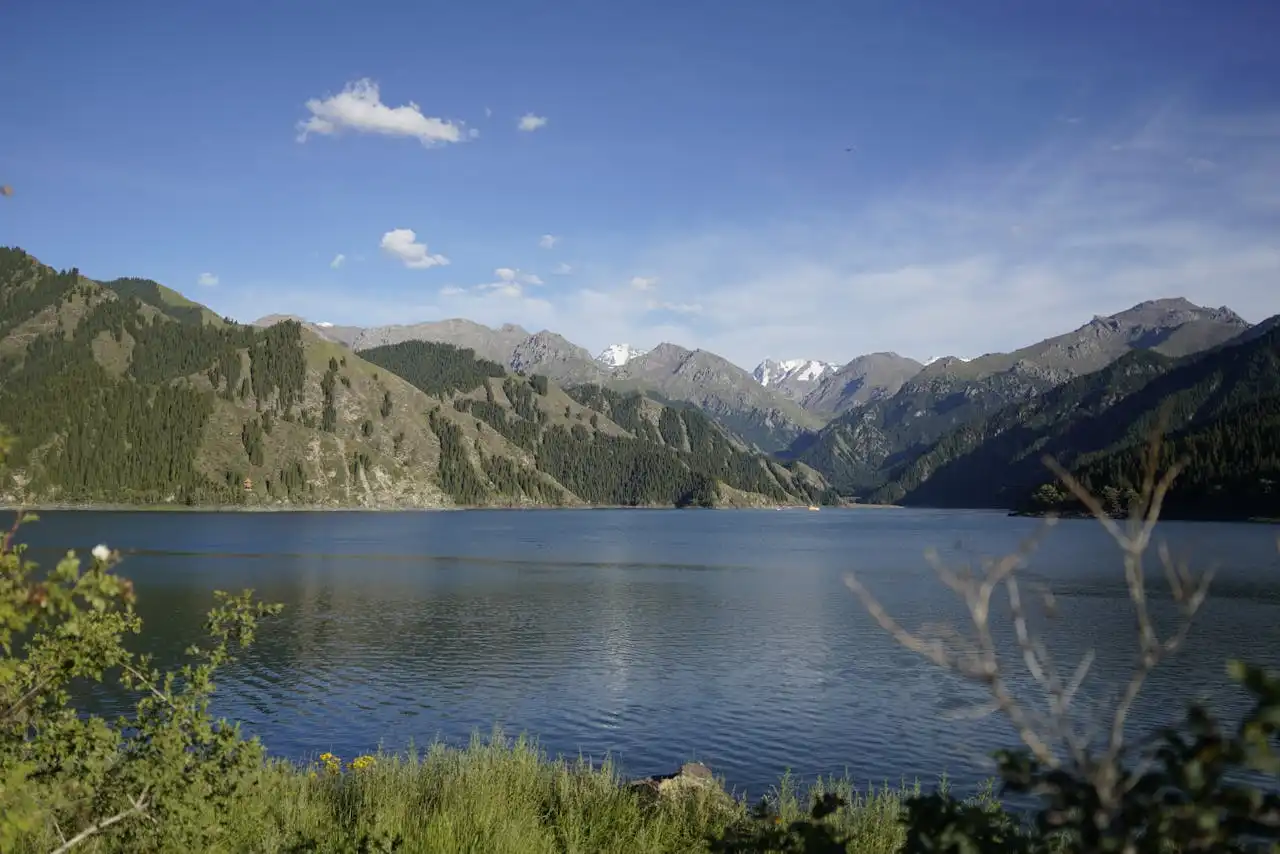
Secret Natural Beauty: What are Kazakhstan's Must-Visit Natural Tourist Attractions?
2 months ago
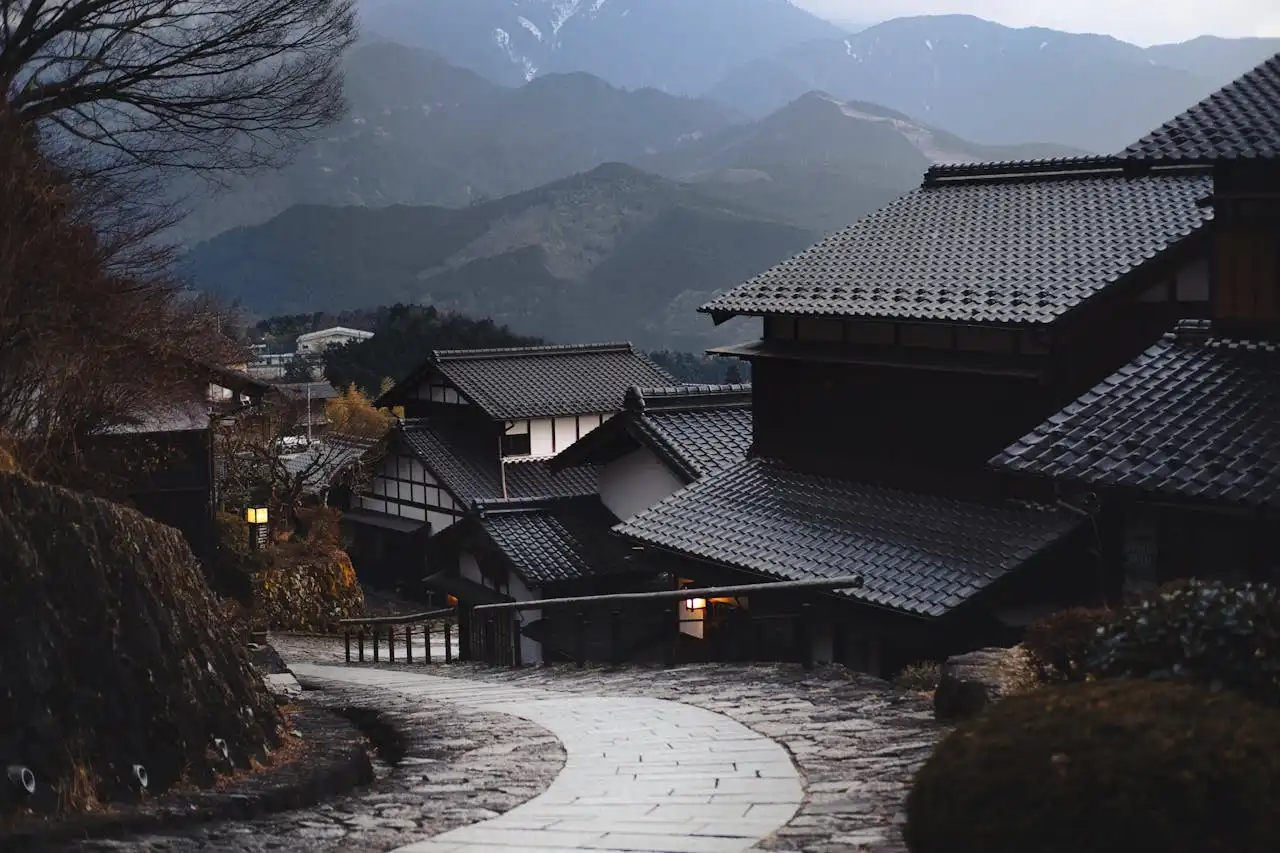
New Travel Rules for Japan in 2025: What Travelers Need to Know
2 months ago
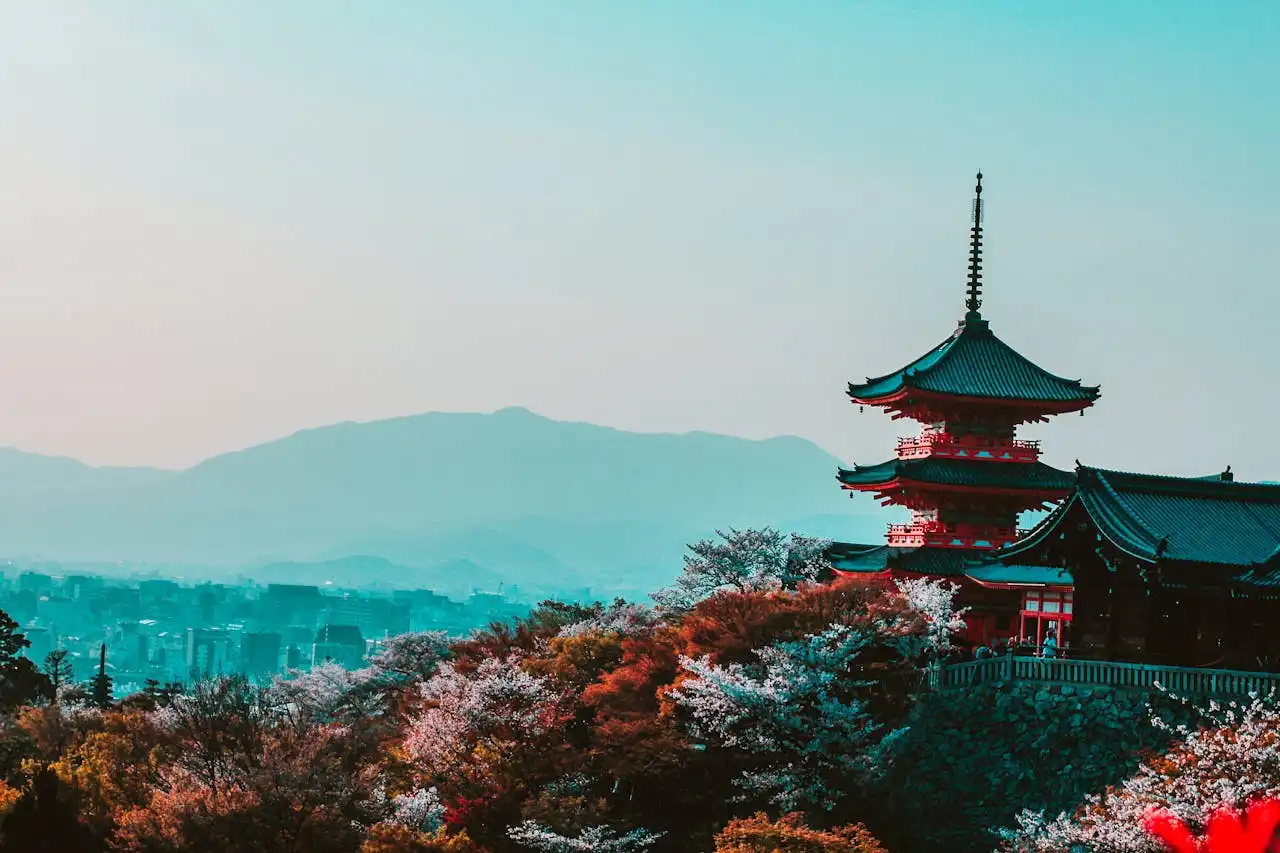
Beyond the Beaten Path: Unveiling Japan's Next-Level Hidden Gems
2 months ago
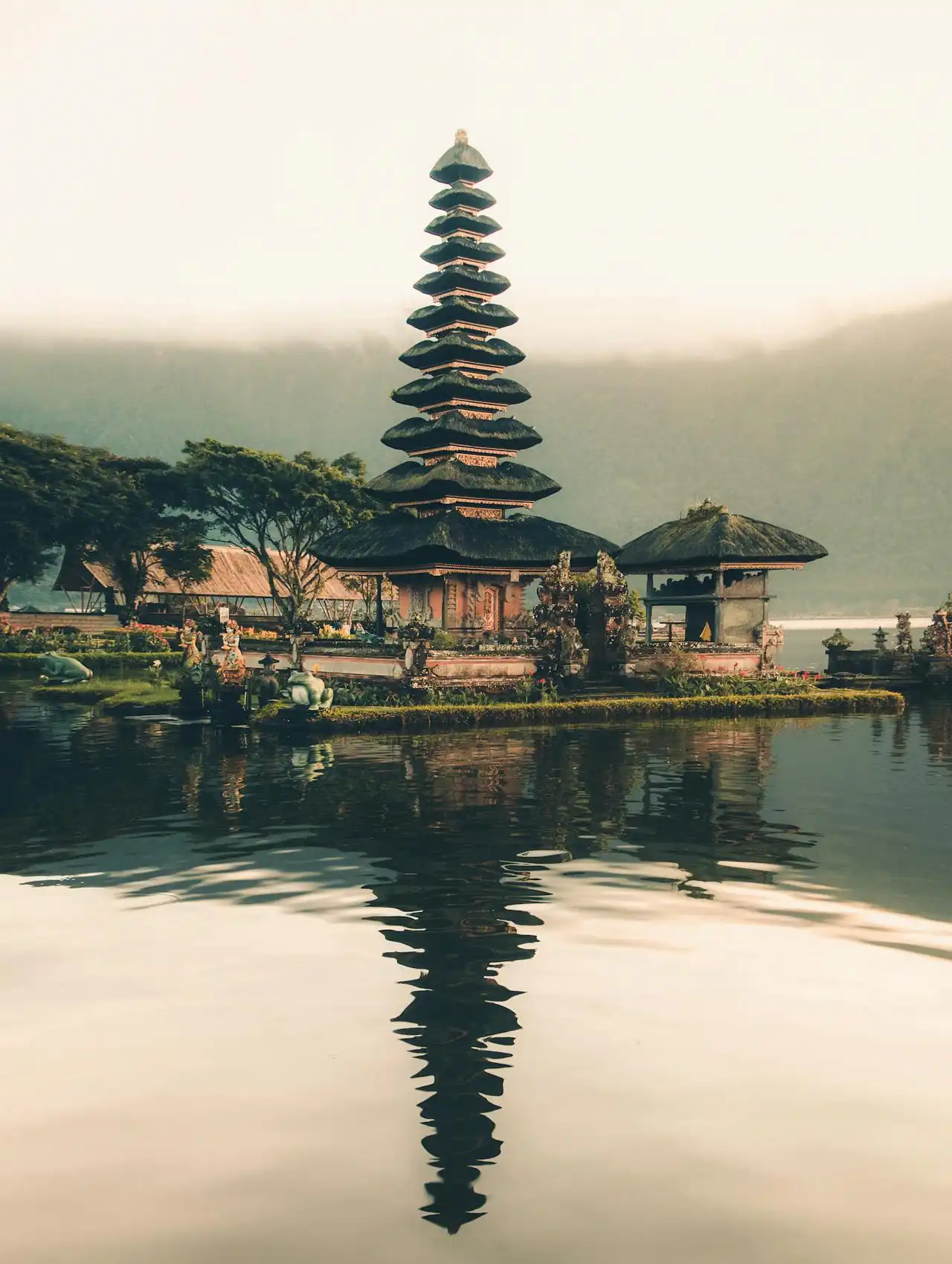
From Blighty to Bali: Why Japan and Indonesia Are Stealing British Hearts (and Holiday Plans)
2 months ago
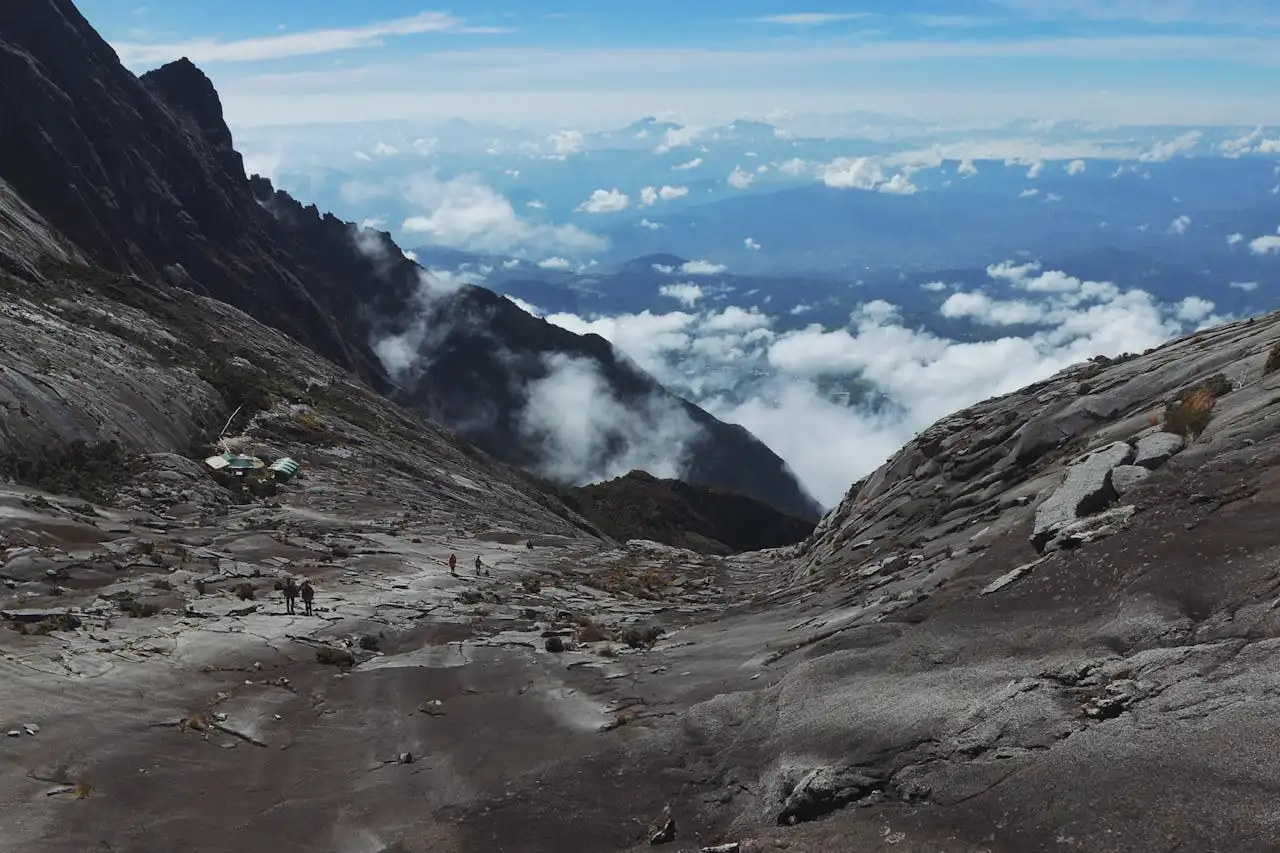
Forget What You Heard: Malaysia is the Climbing Paradise You Never Knew Existed
2 months ago

Your Solo Staycation Survival Guide: How to Ace That Me-Time Without a Hitch
2 months ago
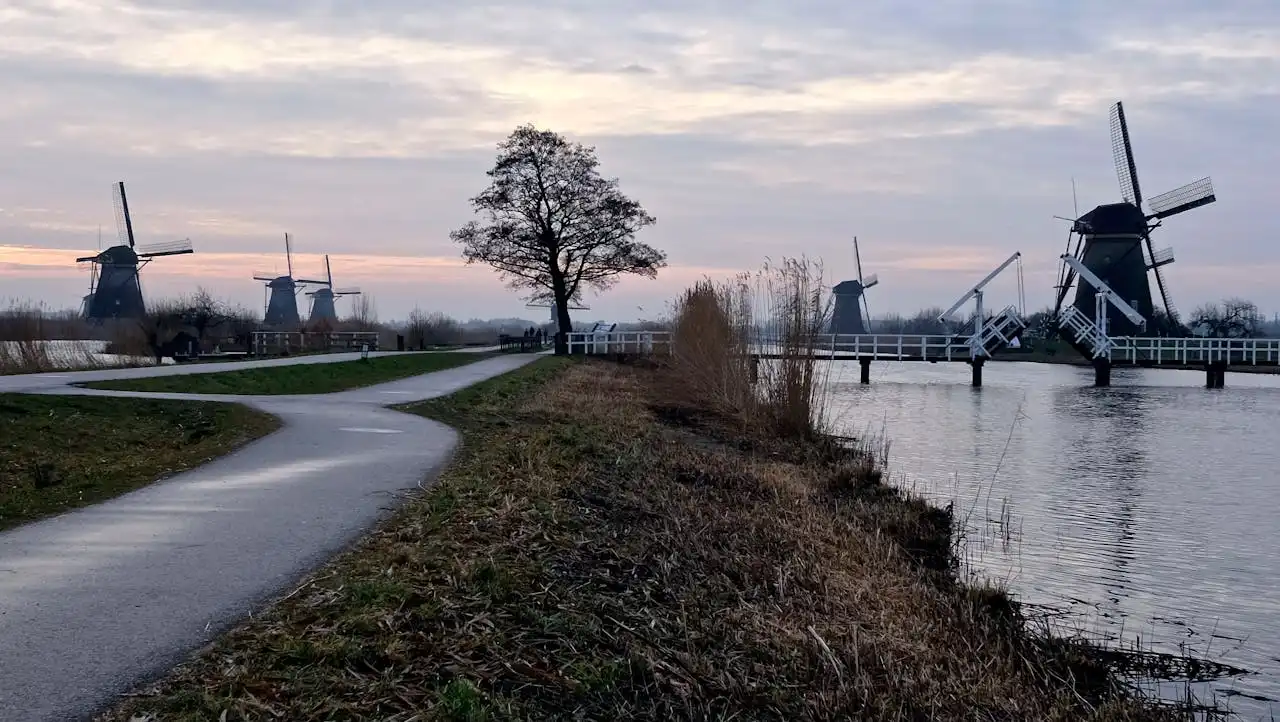
Windmills and Wallets: Kinderdijk's Iconic Landscape Faces a Fee Furore
2 months ago
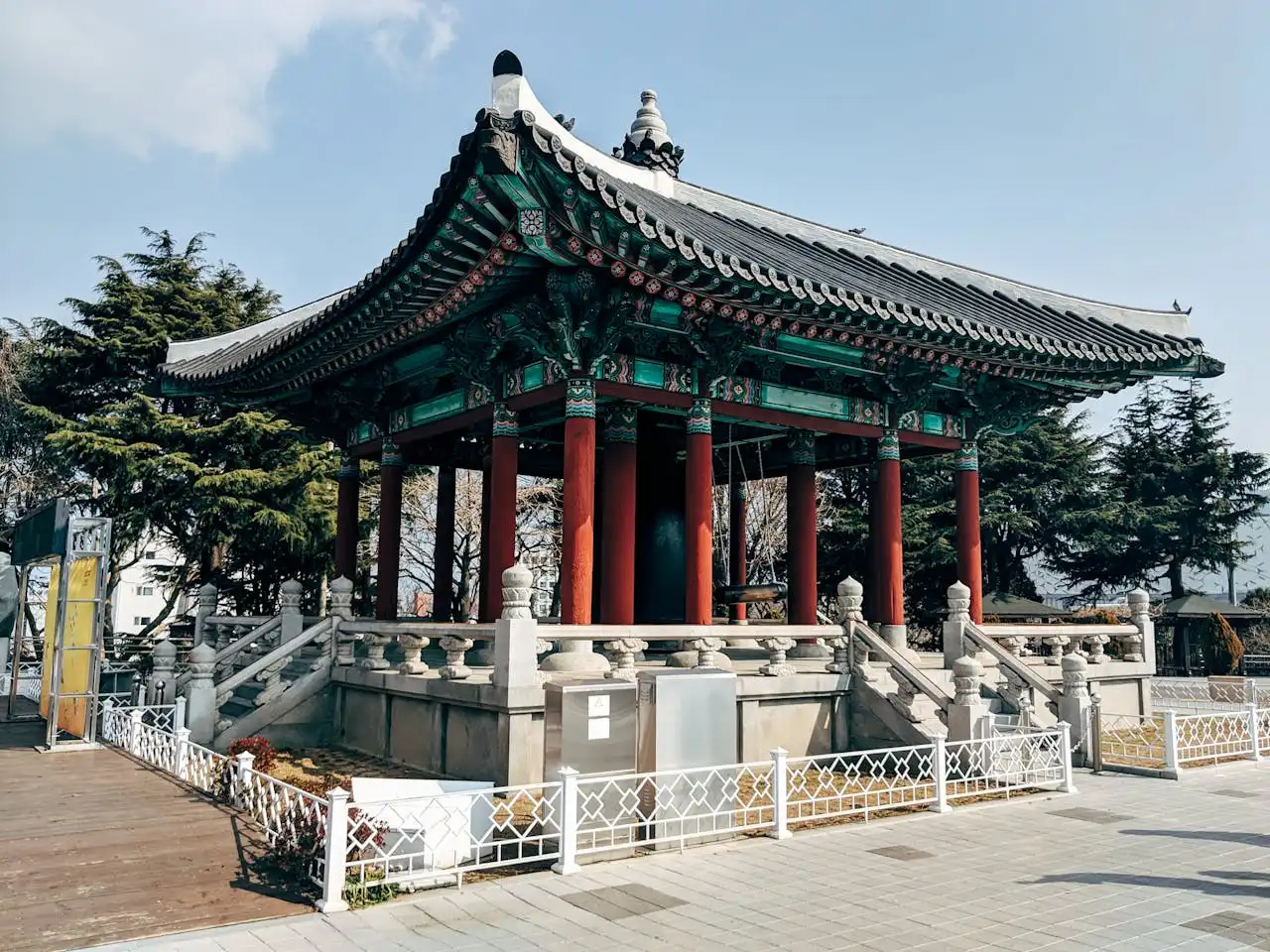
From Screen to Scene: How K-Dramas Are Turning Filming Locations into Fan Pilgrimages
2 months ago
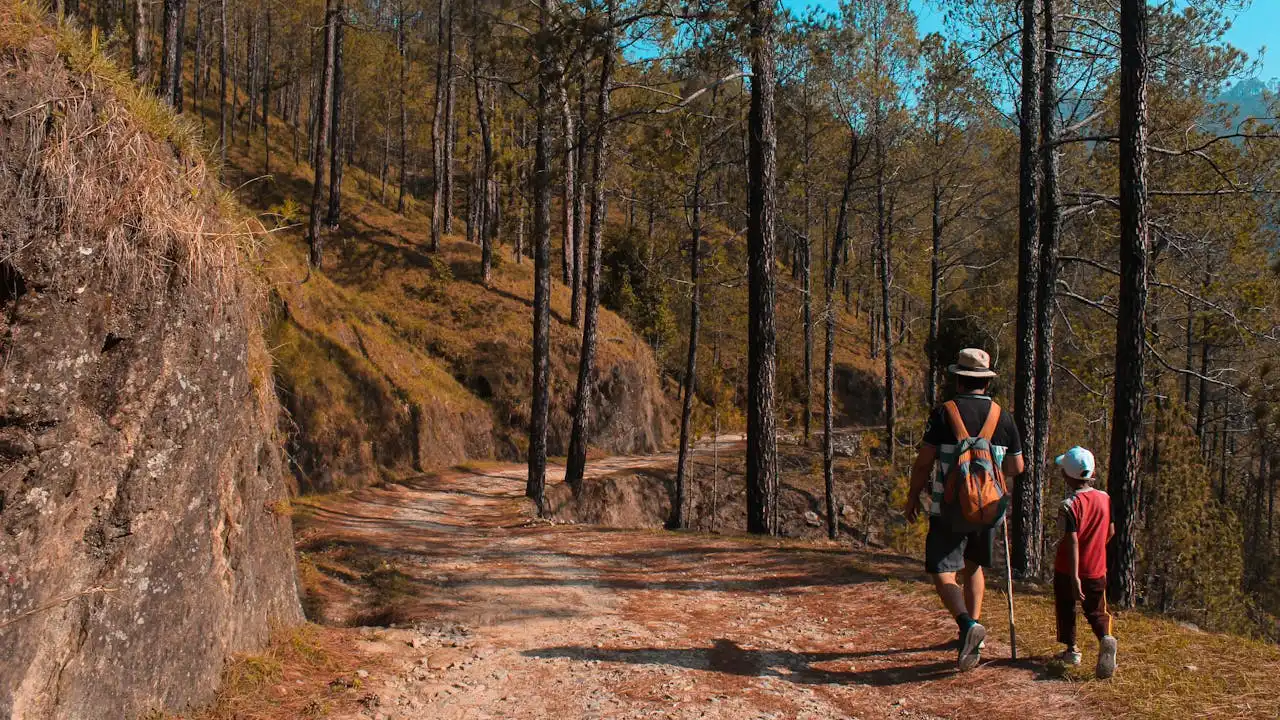
Want to Start Backpacking? These Countries Offer Captivating Beauty at Low Cost
2 months ago
